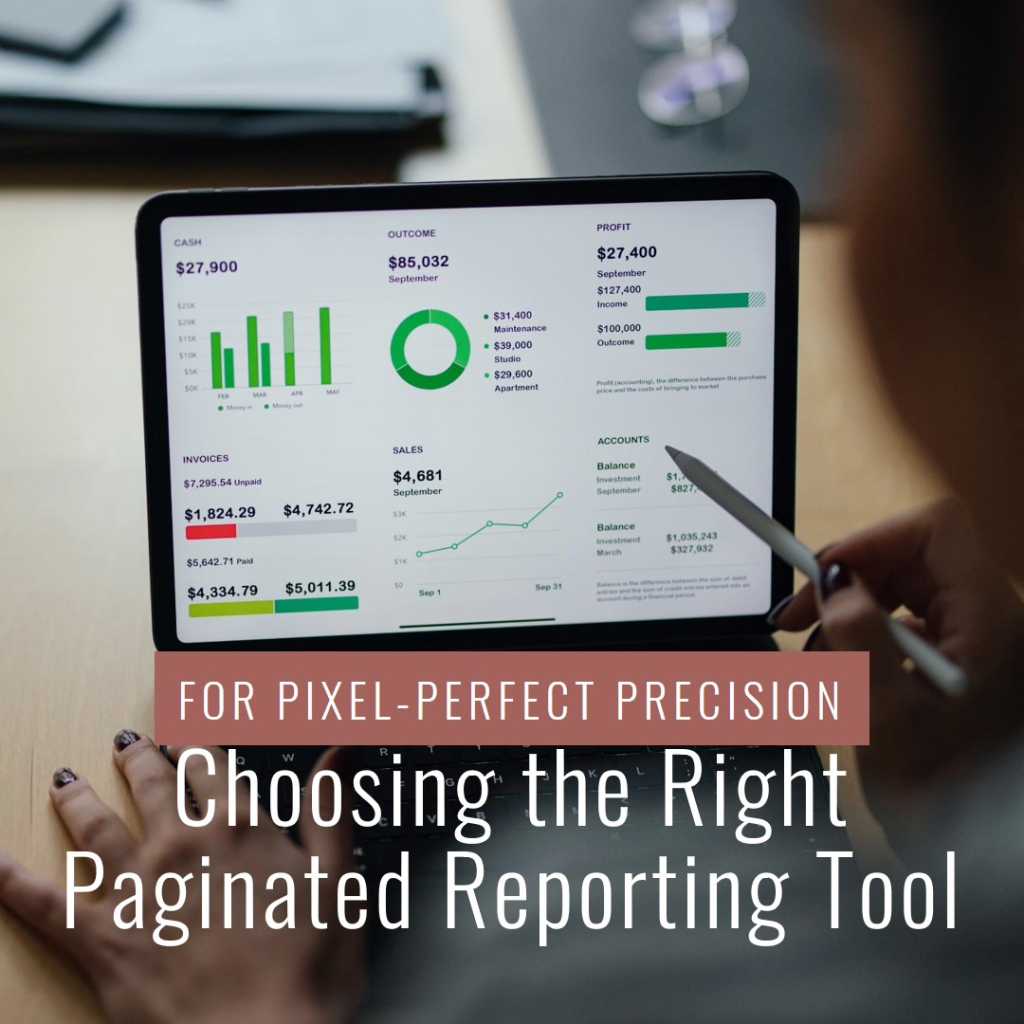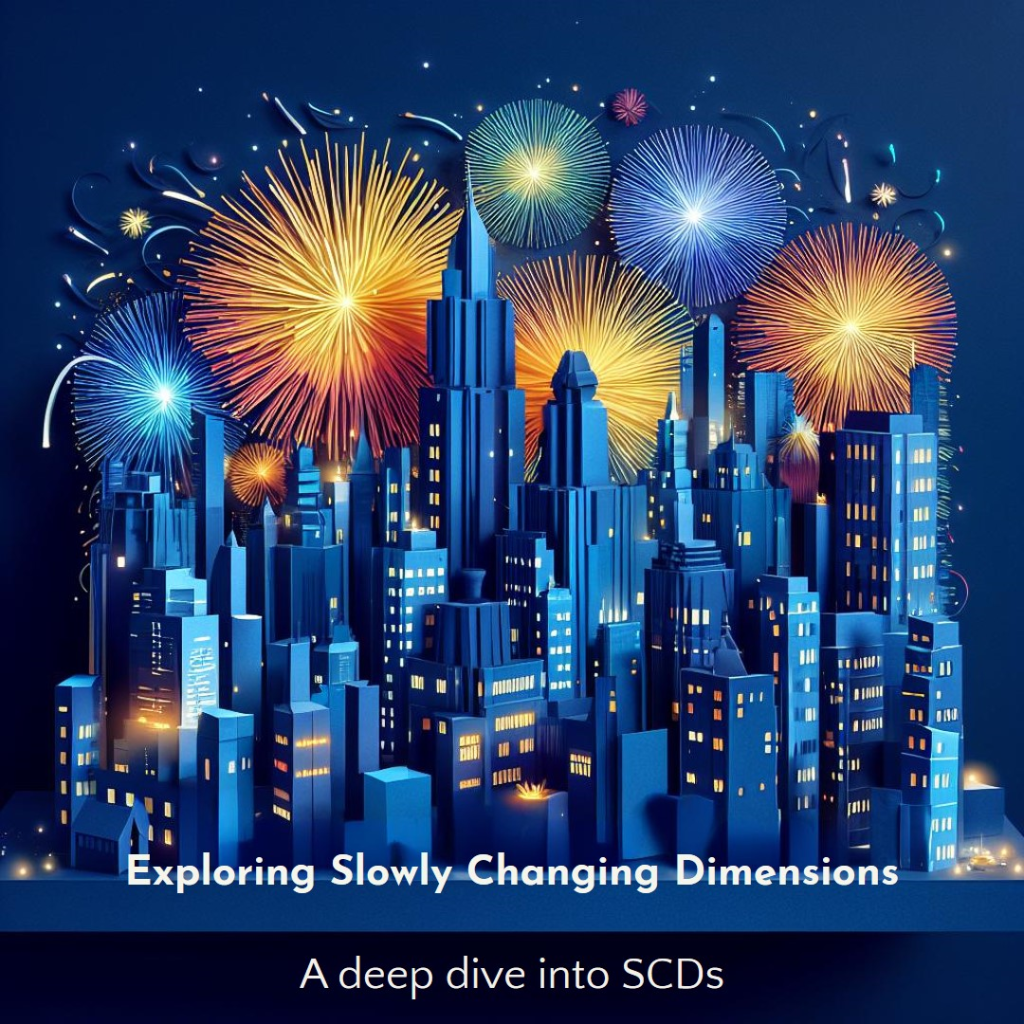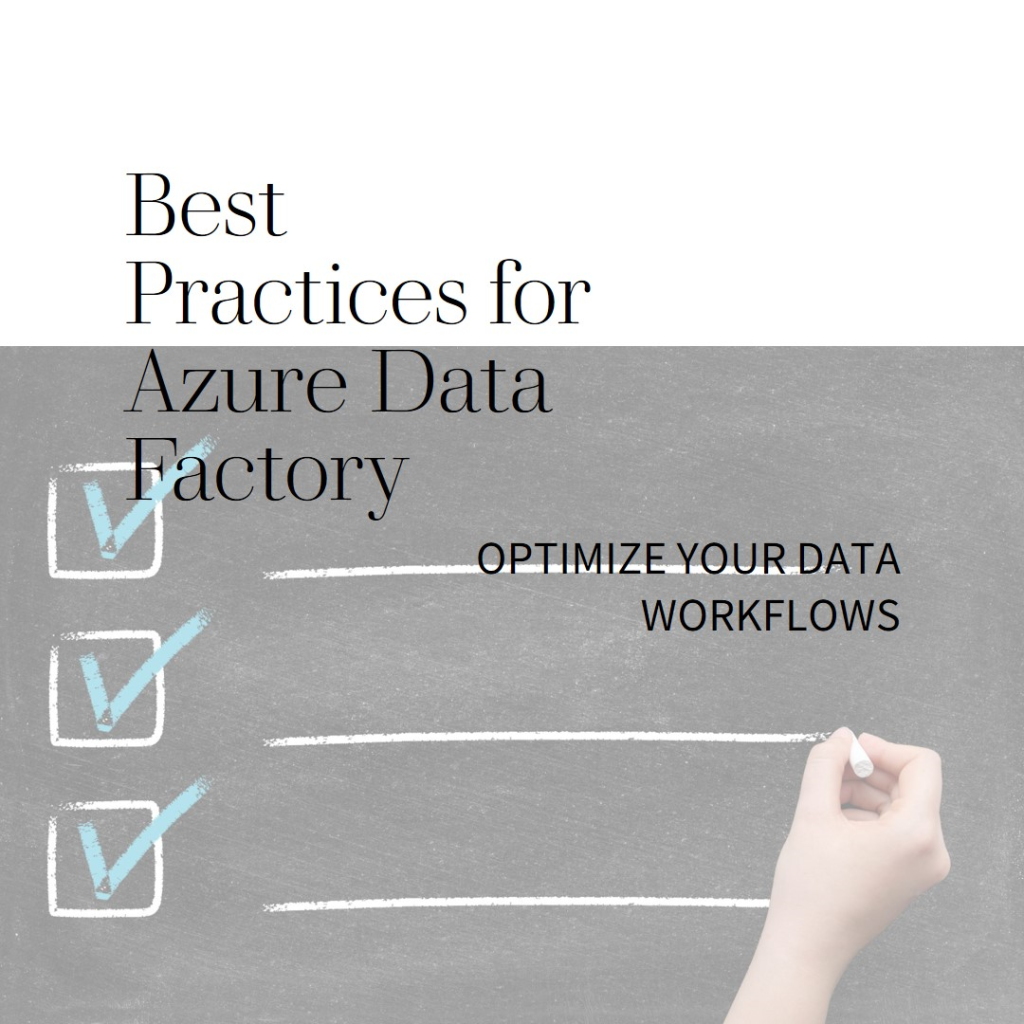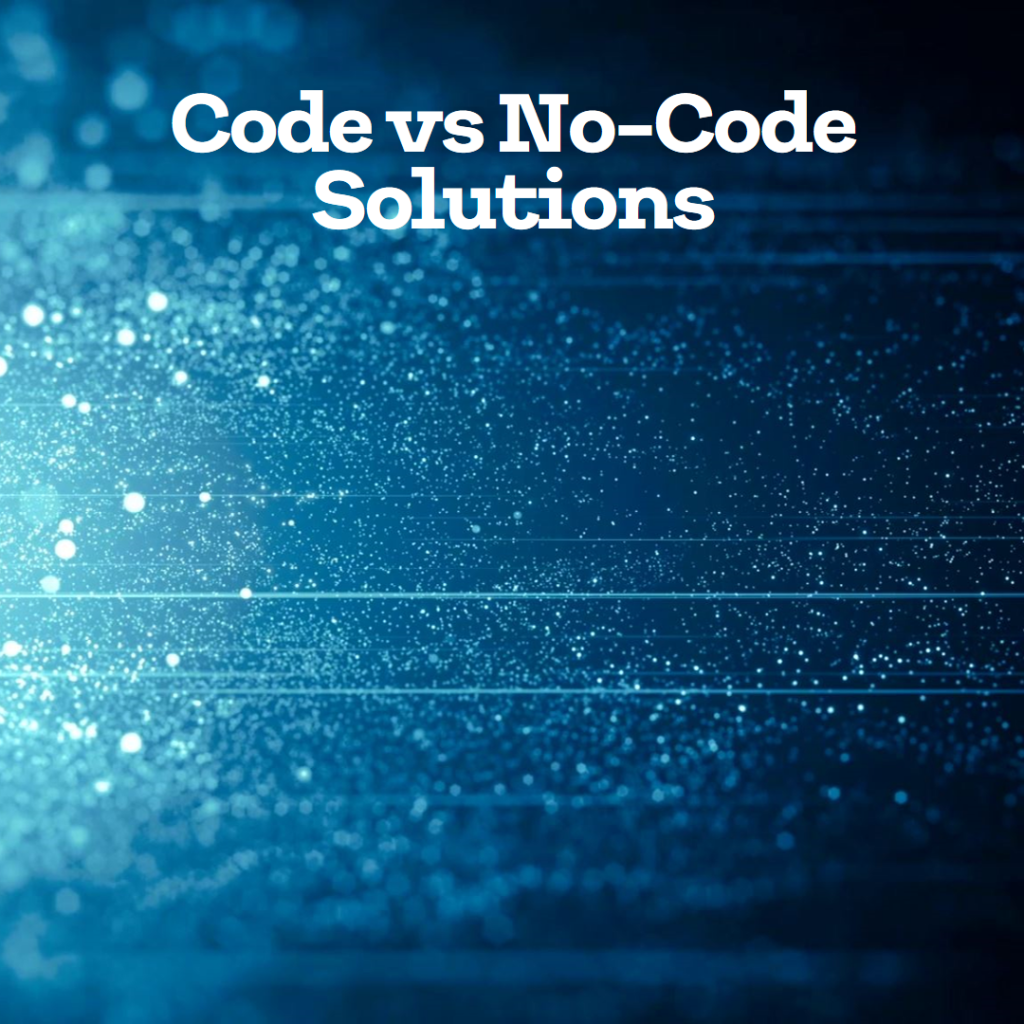Harnessing the Power of Streaming Data

Streaming data has emerged as a critical component of modern data strategies. Streaming data refers to data that is continuously generated by various sources, these typically send data records in small sizes (such as bytes or kilobytes). This blog explores what streaming data is, why it’s important, its applications, and the tools used to manage […]
The Medallion Architecture Unveiled

Medallion architecture, a term increasingly recognized within the realms of data management and software development. It presents a compelling framework for building scalable, flexible, and efficient data platforms. This blog post explores the core concepts of medallion architecture, its benefits, and real-world applications. It aims to shed light on why it has gained popularity among […]
A Guide to Extracting Data from Joblogic

Following on from the blog last week,Joblogic Integrations with Power BI – Select Distinct Limited I thought I’d write a similar guide to extracting data from Joblogic. Joblogic is a popular Field Service Management (FSM) software that helps facility management companies run their operations. FSM software is particularly useful for companies that provide services at […]
A Guide to Extracting Data from BambooHR

Having worked with a few customers on automating the data output from their HR system, namely BambooHR. I thought I’d summarise some some of the considerations on extracting data from BambooHR. BambooHR is a cloud-based Human Resources Information System (HRIS) designed to simplify HR processes for businesses. It’s known for its user-friendly interface, scalability, and […]
Explaining User-Defined Types in SQL Server?

Having recently stumbled on User-Defined Types (UDTs) in SQL Server. I thought I’d write a blog to explain what user-defined types are? Why you should you use them? This blog post delves into what UDTs are, why they are useful, and how to use them in SQL Server. What are User-Defined Types (UDTs)? In SQL […]
Azure Data Factory vs Logic Apps:

Key Differences and Cost Implications On a recent project I have been looking at whether to use Azure Logic Apps as an alternative to Azure Data Factory (ADF). This brought me to compare these 2 technologies. This blog aims to summarise key differences between Azure Data Factory vs Logic Apps. It also aims to discuss […]
Choosing the Right Paginated Reporting Tool

Pixel-Perfect Precision: In the data realm, the importance of robust reporting tools cannot be overstated. Businesses rely on accurate, timely, and insightful reports to drive strategic decisions, identify trends, and measure performance. In the modern landscape there is lots of focus on interactive visualisation software. However what are the options the distribution and delivering of […]
Slowly Changing Dimensions (SCDs) Described

Source systems are a treasure trove of historical information. Importing data in a data warehouse is a a key part of the gathering data for your business. But what happens when the very information within changes over time? How do you maintain historic data integrity and keep accurate analysis over time? The answer is Slowly […]
Azure Data Factory Best Practices and Tips

Best Practive Data integration to drive operations and make informed decisions. Microsoft Azure Data Factory (ADF) is a cloud-based data integration service. It is available as part of Azure and also as part of the Microsoft Fabric Offering. It offers a robust and scalable solution for managing, orchestrating, and automating data pipelines. This blog highlgihts […]
Code vs No-Code Solutions

In the data management landscape, businesses are seeking efficient and reliable solutions to store, process, and analyse their data. Two prominent approaches have emerged as frontrunners: traditional code-based solutions and the rising trend of no-code alternatives. It is crucial to understand the each approach to make informed decisions that enable you to drive your business […]

